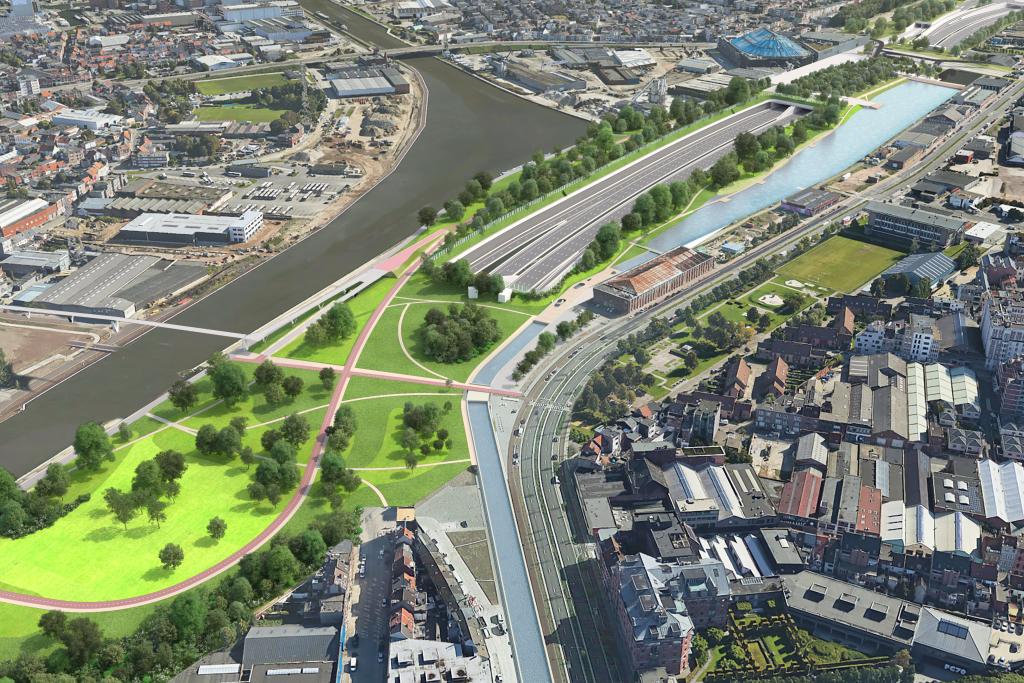
Dredging, hydraulics and civil engineering go well together
Gerrit Van Den Bossche works as a civil engineer for Jan De Nul and coordinates the design team of the Scheldt tunnel for TM COTU: “It is a challenge to immerse a structure that was originally designed to float. Gravity and the buoyancy force of water are constantly competing with each other.”
Zeebrugge as a cradle
The eight tunnel elements, each weighing about 60,000 tons, will be built in the inner port of Zeebrugge over the next two years before being towed to Antwerp through the North Sea and the Western Scheldt while floating. “We create a large, deep construction pit in which we can build the tunnel elements in dry conditions,” Gerrit explains. “When they are ready, we will flood the construction pit and float the tunnel elements.” Once they have arrived in Antwerp, they will be lowered one by one into a pre-dredged trench in the Scheldt.
Intermediate phases are crucial
“What makes this technique so special, is that the intermediate stages are more crucial than the final installed stage. This is because the tunnel elements are designed and built to float,” Gerrit emphasises. “We need ballast tanks for lowering the elements to the river bed bottom. It is important that this is done steadily and in a controlled manner, so that the tunnel elements are lowered horizontally. This is not easy as the current in the Scheldt is very strong.”
The anchoring is also very important, because you don’t want the elements to start floating again after installation. “In the dredged trench we install large concrete tiles to position the tunnel elements with jacks. Once the tunnel element is connected, we will pump sand under the bottom plate to create a solid basis.”
The tunnel elements are kept afloat through the use of temporary bulkheads. “On the basis of the amount of concrete used per tunnel element and the amount of air trapped inside, we calculate when it will float optimally,” Gerrit explains. “The bulkheads are removed after immersion as the completion of the tunnel under water progresses. This way, the construction team can finish the tunnel in phases in a watertight manner from the inside out.”
The final step
The Scheldt tunnel has eight tunnel elements, seven of which will connect to the entrance on the left bank and one on the right bank. In other words, between the seventh and eighth tunnel element, the closing joint will be the very last one. “For this, we will place a special submerged formwork around the partition between elements 7 and 8, after which the water in the space between the elements will be pumped out in order to concrete the closing joint. A daring exploit.”
We use ballast tanks for lowering the elements to the river bed bottom. This must be done steadily and in a controlled manner, so that the tunnel elements are lowered horizontally. This is not easy as the current in the Scheldt is very strong.
Gerrit Van Den Bossche
Engineer at Jan De Nul Group
Related news
Project info sheet
-
Oosterweel link, Belgium
Part Jan De Nul at the Oosterweel Link - Projects Scheldt Tunnel and Right Bank
